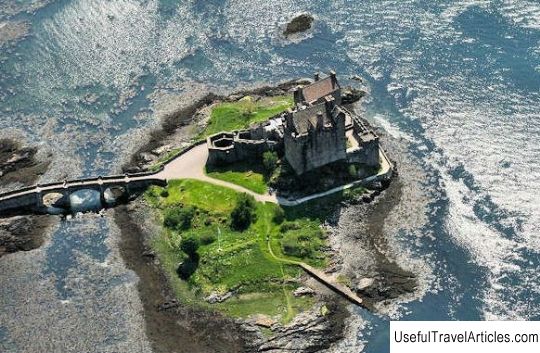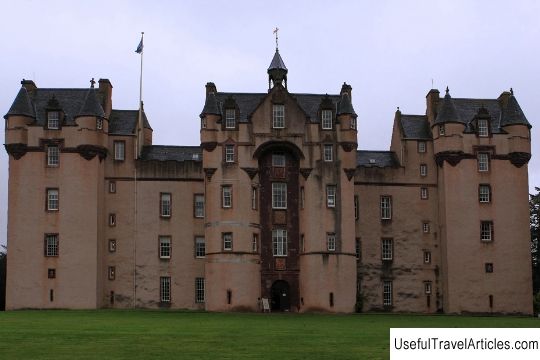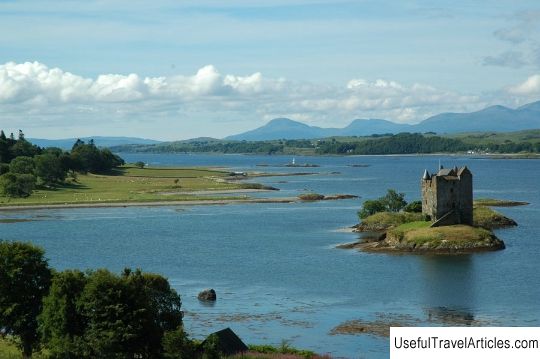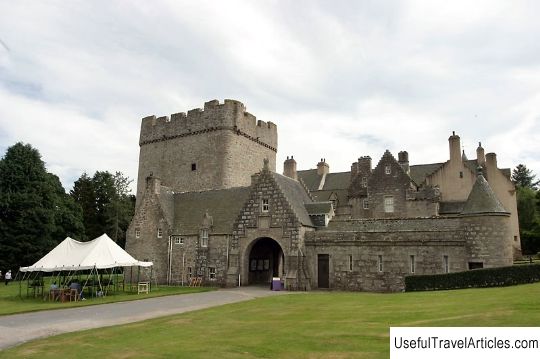Dunstaffnage Castle description and photos - Great Britain: Scotland
Rating: 8,8/10 (1038 votes) 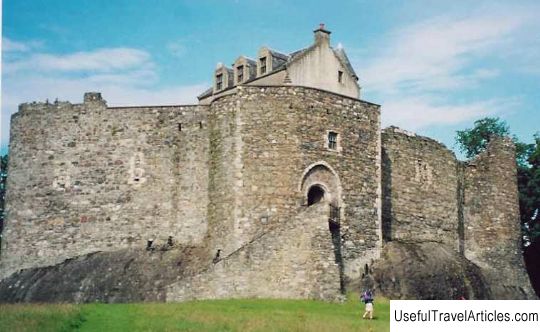
Dunstaffnage Castle description and photos - Great Britain: Scotland. Detailed information about the attraction. Description, photographs and a map showing the nearest significant objects. The name in English is Dunstaffnage Castle. Photo and descriptionDunstaffnage Castle is located in the Argyll and Bute region of Scotland, near the town of Oban. The castle is located on a narrow spit protruding into the sea bay and is surrounded by water on three sides. Before the castle, on this place was the Dal Riatan fortress, built earlier than the 7th century. For some time the Skun stone (Stone of Destiny), brought from Iralndia, was kept in it. In 843, the Stone was transported to Skunk Abbey. The oldest surviving buildings date back to the second quarter of the 13th century - it is one of the oldest stone castles in Scotland. Located at a strategic point, the castle was built by the MacDougall clan. Robert the Bruce defeated the MacDougalls at the Battle of Brander's Pass in 1308, and after a short siege took possession of the castle. The castle becomes the property of the Scottish crown and comes under the control of the commandants. In 1470, the castle was granted to Colin Campbell, 1st Earl of Argyll, and remained the property of the Campbell clan until 1958, when it was transferred to the Historic Scotland Foundation. In terms of the castle is an irregular quadrangle with three round towers at the corners. The walls are 3 meters thick. The gate tower was built at the end of the 15th century to replace the existing eastern round tower. Now the castle is partially destroyed. At 150 meters from the castle there is the Dunstaffnage chapel, also built by Duncan McDougall in the 13th century. The wooden roof has not been preserved, but the beautiful stonework of the walls and narrow lancet windows have survived. Both the castle and the chapel are protected by the state. The position of the hereditary captain of Dunstaffnage, responsible for the castle and its protection, still exists today, and is also inherited. Now the captain's duties include only three nights a year to spend the night in the castle, no more rights or duties are provided for by this position.       Topic: Dunstaffnage Castle description and photos - Great Britain: Scotland. |

